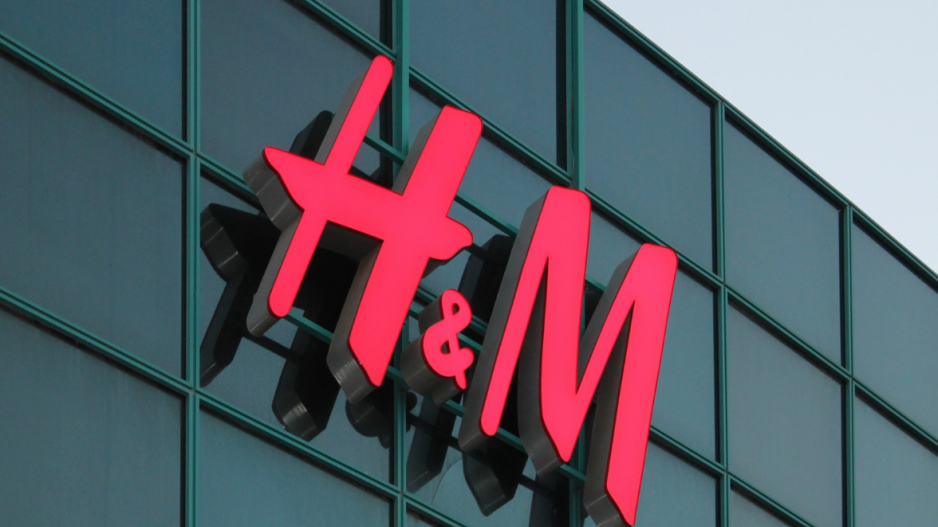The trend toward selling fast fashion clothes, or garments that are made quickly and cheaply, has helped clothing and clothing accessories retailers to boost their profit margin, according to a Statistics Canada study released September 12.
The national data cruncher determined that the net operating profit margin increased 1.1 percentage points to 8.5% between 2012 and 2014 and it pinned part of the reason for that increase on sales for cheap clothing that owners seldom wear for more than a year. The profit margin for those items are widely considered to be higher than for higher-end fashions.
Fast fashion retail is led by global behemoths such as H&M and Uniqlo although other companies, such as Old Navy, have also found success selling clothes that are designed in a fashionable style and are comparatively inexpensive.
Because of the trend toward this inexpensive fashion, the sales mix at clothing and clothing accessories stores has changed during the past decade.
Clothing sales comprised 67.5% of total sales at clothing and clothing accessories stores in 2015, according to Statistics Canada. That’s down 4.4 percentage points from 71.9% in 2004.
“Sales at clothing and clothing accessories stores steadily shifted to footwear (+3.4 percentage points) and luggage and jewelry (+1 percentage point) over the period,” Statistics Canada noted in its report.
Sales for women’s clothing and accessories is the largest slice of overall clothing and accessories sales with about $17 billion in 2015 sales. That’s about 40.5% of the $41.9 billion that Canadians spent on those items in 2015.
Canadians spent $9.4 billion on mens clothing and accessories, $7.1 billion on footwear and $4.4 billion on luggage and jewelry.
Sales for all clothing and accessories has increased in 10 of the past 11 years and it had its largest annual percentage increase in 2015, when sales jumped 7.6%.




